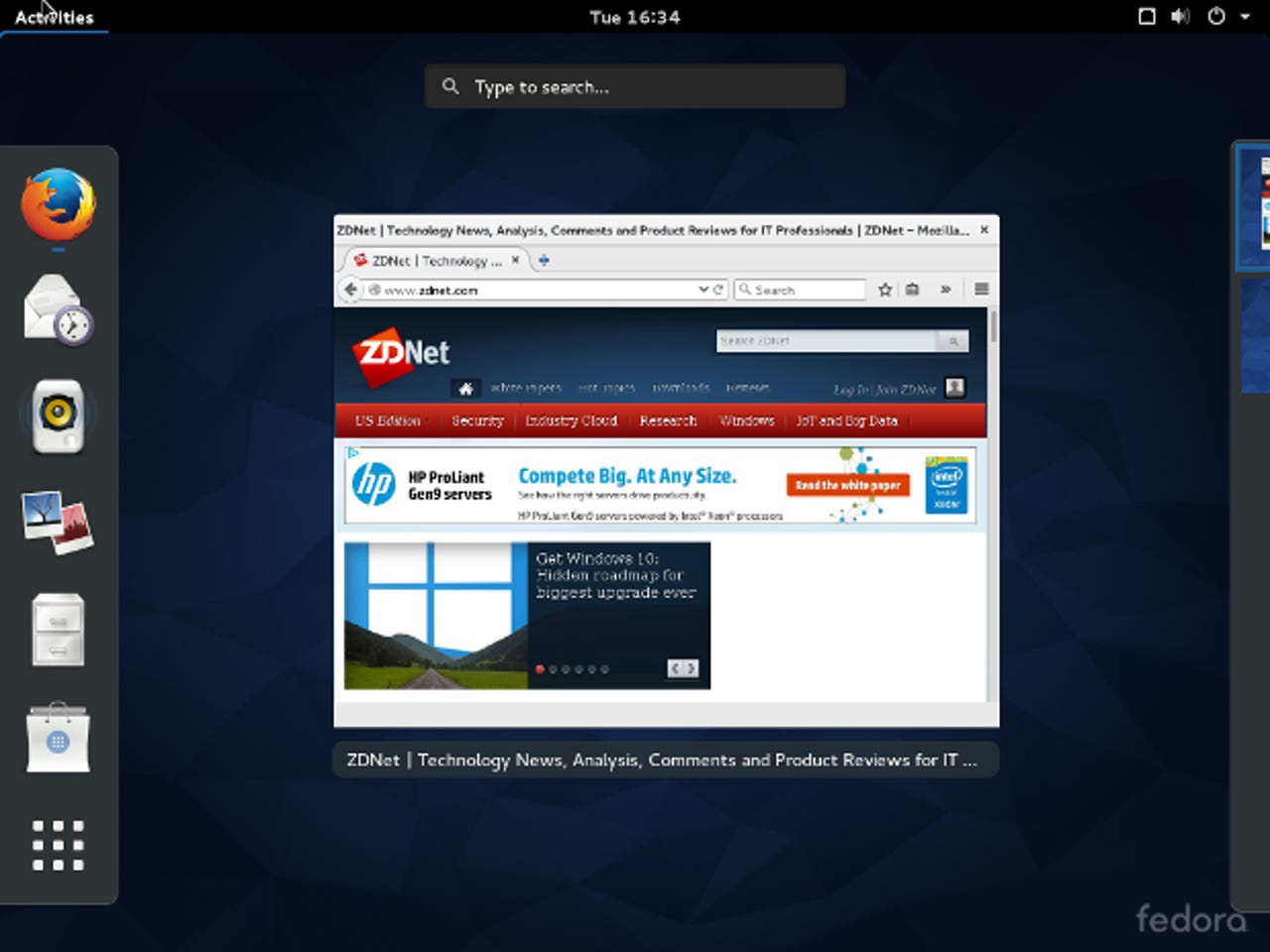Fedora 22 goes beta

Red Hat's community Linux distribution, Fedora 22, is getting ready for its May 26th launch date by releasing the beta for for its latest version.

Each version is meant to meet a specific use case. However, they all share a common base set of packages, which includes the brand new Linux 4.0 kernel, RPM, systemd, and the Anaconda installer. According to Red Hat, "This small, stable set of components allows for a solid foundation upon which to base Fedora."
The one fundamental difference from earlier version of Fedora is that the old package manager, yum, is being replaced by an updated package manager DNF. DNF began as a fork of Yum. It's designed to address several old Yum problems. The most pressing of these is how programs should resolve dependency problems and work with online repositories. While developers and some system administrators will notice these changes, ordinary users who use the Software tool to manage their applications should see no significant differences except better performance.
The biggest changes are above the base Fedora packages. These are:
Fedora 22 Cloud Beta
- The latest versions of rpm-ostree and rpm-ostree-toolbox, the latter of which can be used to generate Atomic hosts from a custom set of package, are now available. Project Atomic is Red Hat's lightweight Linux approach for running containers.
- A Vagrant image for Fedora 22 Atomic Host is now provided. Vagrant is a tool for building development environments. Vagrant boxes will work with both the KVM and VirtualBox virtual machine hypervisors. This enables Fedora users to use Vagrant images on Fedora, Mac OS X and Windows.
- The Atomic command has been added to provide a single entry point for managing Atomic Host updates and container management.
Fedora 22 Server Beta
- The Database Server Role, which builds on Fedora 21's introduction of Rolekit, a Linux daemon that provides a stable D-Bus interface to manage the deployment of server roles, is now in place. It's based on PostgreSQL.
- This release includes updates to the Cockpit web-based management application. It includes new features and a modular design for adding new functionality.
Fedora 22 Workstation Beta
- The new GNOME 3.16 provides better notifications to users about system events.
- This version of the Fedora desktop take a step towards replacing the X.org windowing system with Wayland, as the login screen now uses Wayland.
- The Automatic Bug Reporting Tool (ABRT) now features better notifications and gives users additional control over the information sent via the GNOME privacy control panel.
- The libinput library is now used for both X11 and Wayland for consistent input device handling.
While this is a beta program, it's relatively mature. It may be the first public beta, but there were two earlier betas. Still, a beta is a beta and it has bugs. Common issues can be found on the Fedora 22 common bugs page.
Red Hat would welcome your help even if you're not a programmer. You can contribute to the Fedora Project in far more ways than just bug reporting. The Fedora Project is always looking for translators, testers, content creators, marketers, designers and so much more. Find out more at the self-explanatory What can I do for Fedora Web site.
Of course, the first thing you need to do is download and install Fedora. After that, have fun with it. And, if you like it, Fedora's crew will be more than happy to work with you.
Related Stories: